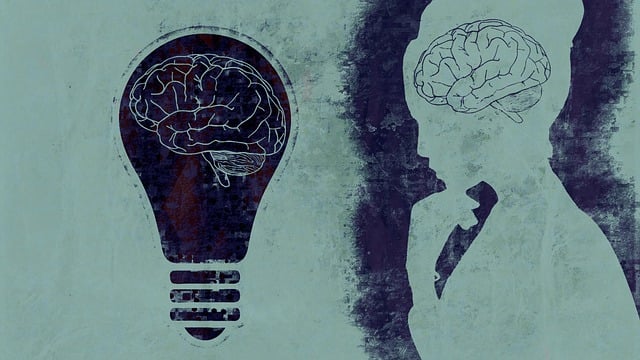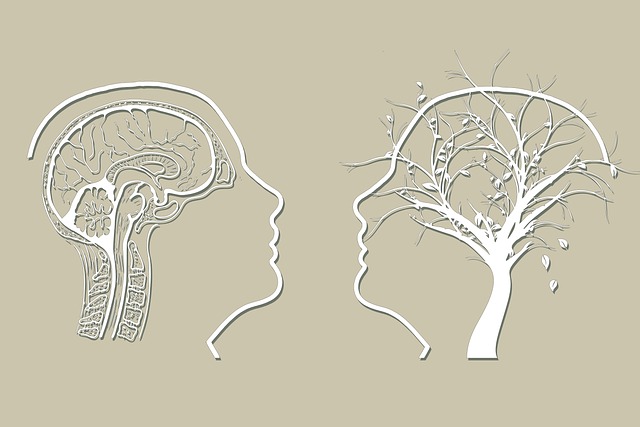Englewood Biofeedback Therapy offers a comprehensive, holistic approach to mental healthcare with a strong focus on harm minimization. They assess risks based on client history and mental state, providing tailored interventions for self-esteem improvement and mental illness treatment. Their strategy includes strategic community outreach, stigma reduction, and evidence-based techniques like biofeedback training and mindfulness meditation, ensuring an inclusive environment that empowers individuals to overcome challenges. By integrating practical facility maintenance and behavioral interventions, they proactively manage risks, enhance self-awareness, and improve coping mechanisms, solidifying their position as a leading provider of safer, more effective mental healthcare solutions.
Englewood Biofeedback Therapy (EBT) offers powerful tools for managing health and wellness, but risk assessment and harm minimization planning are crucial components to ensure safe and effective treatment. This article guides you through understanding risk assessment in EBT, developing a comprehensive harm minimization plan, and implementing and monitoring safety strategies. By integrating these practices, you can enhance patient outcomes while mitigating potential risks associated with biofeedback therapy.
- Understanding Risk Assessment in Englewood Biofeedback Therapy
- Developing a Comprehensive Harm Minimization Plan
- Implementing and Monitoring Safety Strategies
Understanding Risk Assessment in Englewood Biofeedback Therapy

Englewood Biofeedback Therapy leverages risk assessment as a cornerstone of its harm minimization planning. This involves meticulously evaluating potential risks associated with the therapeutic process, focusing on both immediate and long-term consequences. By thoroughly understanding the client’s medical history, current mental state, and past responses to treatment, therapists at Englewood can anticipate and mitigate challenges that may arise during therapy sessions. This proactive approach ensures a safer, more effective healing environment for individuals seeking self-esteem improvement or dealing with various mental illnesses.
Risk assessment goes beyond identifying potential hazards; it also involves implementing strategic interventions tailored to individual needs. Englewood Biofeedback Therapy integrates community outreach program implementation and mental illness stigma reduction efforts into its risk management strategy. Through these initiatives, clients are not only provided with the tools for personal growth but also supported in navigating societal barriers that may impact their mental health journey. This holistic approach enhances the therapeutic experience, fostering an inclusive environment where individuals feel empowered to overcome challenges related to self-esteem and mental illness.
Developing a Comprehensive Harm Minimization Plan

Englewood Biofeedback Therapy offers a structured approach to developing comprehensive harm minimization plans. This involves a multi-faceted strategy that addresses both the physical and mental well-being of individuals seeking treatment. By integrating evidence-based techniques, therapists can create personalized programs aimed at reducing potential risks and mitigating adverse effects. One key component is incorporating Cultural Sensitivity in Mental Healthcare Practice, recognizing the unique needs and perspectives of diverse populations.
This holistic approach extends to Inner Strength Development, empowering clients to cultivate resilience and coping mechanisms for managing stress and anxiety. Techniques such as biofeedback training, mindfulness practices, and cognitive-behavioral therapies contribute to Anxiety Relief, a primary goal for many individuals. Through tailored interventions, Englewood Biofeedback Therapy ensures that harm minimization becomes an integral part of the treatment process, fostering safer and more effective mental healthcare experiences.
Implementing and Monitoring Safety Strategies

Englewood Biofeedback Therapy emphasizes a holistic approach to risk assessment and harm minimization planning. Once potential hazards are identified, tailored safety strategies are implemented to mitigate risks effectively. These strategies often include a combination of practical measures, such as ensuring proper facility maintenance and equipment calibration, alongside behavioral interventions like Communication Strategies, Mindfulness Meditation, and Self-Awareness Exercises. Regular monitoring and evaluation are crucial to the success of these initiatives. By closely observing patient responses, therapists can make data-driven adjustments to safety protocols, enhancing overall risk management.
Continuous assessment allows for a dynamic approach where strategies evolve as new risks emerge or existing ones diminish. This proactive mindset fosters an environment that not only minimizes harm but also empowers patients and therapy participants through enhanced self-awareness and coping mechanisms. Such comprehensive monitoring is integral to the effectiveness of Englewood Biofeedback Therapy’s harm minimization efforts.
Englewood Biofeedback Therapy emphasizes the importance of thorough risk assessment and harm minimization planning. By understanding potential risks, developing comprehensive strategies, and implementing safety measures, therapists can ensure a secure environment for clients. Regular monitoring and adjustments to these plans are essential to adapt to evolving circumstances, ultimately enhancing client outcomes and satisfaction. This proactive approach not only protects individuals undergoing therapy but also solidifies Englewood Biofeedback Therapy’s commitment to evidence-based practices.










